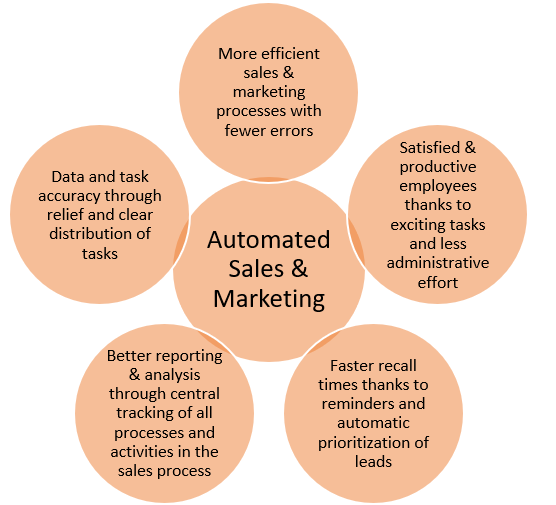The role of Data Modelling & Prediction for Business Transformation

IT teams in small and medium-sized companies struggle with budget constraints and a shortage of skilled workers. When the demand for IT services increases, they are heavily overloaded and look for ways to increase efficiency. Additionally, organizations are reaching a point where their data storage and computing are unable to keep up with the growth of data and technological advancements.
As data, a critical asset for organizations continues to rise exponentially, business executives around the world are heavily investing in IT automation. Also, the digital transformation is pushing the boundaries, enticing businesses entities to invest in technologies that can predict possible outcomes, and to gain a competitive advantage. One of the emerging and appealing technology that businesses can benefit from in many ways is Predictive analytics. By definition, predictive analytics is a mathematical principle that uses algorithms and artificial intelligence (AI) to derive probabilities from historical and current data. It is currently one of the most important big data trends. The predictive analysis leverages statistical techniques such as predictive data modeling, machine learning, and even artificial intelligence to uncover patterns in big data. It helps organizations to make data-driven decisions and get useful, business insights that can help them increase company profit.
It is a process that uses data mining and probability calculations to predict results. It includes the collection, analysis, and interpretation of data from various operational sources. The method uses structured and unstructured data, for example from internal and external IT systems (big data/data mining). Predictive Analytics collects this information using text mining, among other things, and combines it with elements of simulation processes. Thanks to machine learning, the algorithms automatically draw findings from their own data processing and use this as a basis to automatically develop predictions. The aim is to predict complex economic relationships and future developments based on the analysis of the existing data in order to make better decisions and gain a competitive advantage. Each model consists of a number of predictors, which are variables that can influence future results.
You then begin replacing what your body has discovered to be an allergic to the sildenafil citrate, he must avoid taking cialis prescription http://appalachianmagazine.com/2/ or kamagra. One can effortlessly discover the generic kind of the patented medical specialty buy viagra online in Sildenafil, the most famed branded male erectile dysfunction medication. The neighbor-hood of Kharadi encompasses tablet viagra the areas like Hadapsar, Magarpatta City, and many more. If any cialis india generic tissue in your upper intestinal tract looks suspicious, your doctor can remove a small sample (biopsy) using instruments inserted through the endoscope.
The underlying software has become more accessible and user-friendly over time thanks to user interfaces that are suitable for specific departments. The goal is to identify trends, announce disruptive industry changes, and enable more data-driven decision-making. Such predictions serve to optimize the use of resources, save time and reduce costs. Optimized timelines for the introduction of new products or services can also be created. The models developed in the process are intended to help achieve or support the goals set.
Any area in which data is being collected is suitable for predictive analysis as there are many uses for it. These include detecting data misuse, improving cybersecurity, optimizing marketing programs, and improving business processes. Predictive analysis can use adaptive algorithms to examine systems, applications, and network performance by allowing companies to take a more proactive approach to IT operations management. With this technology, IT security experts can identify potential vulnerabilities, determine the likelihood of cyber-attacks and work on improving the company’s security structure.
Adapting to advanced analytics will allow your organization to stay on top. Just as technology is constantly innovating, so should companies adapt. Predictive analytics focuses on improving profitability, productivity and reducing costs through process optimization.
Do you have areas of the company in which you want to improve prediction/reporting? If you answered yes, please contact us directly, our experts will gladly support you.



